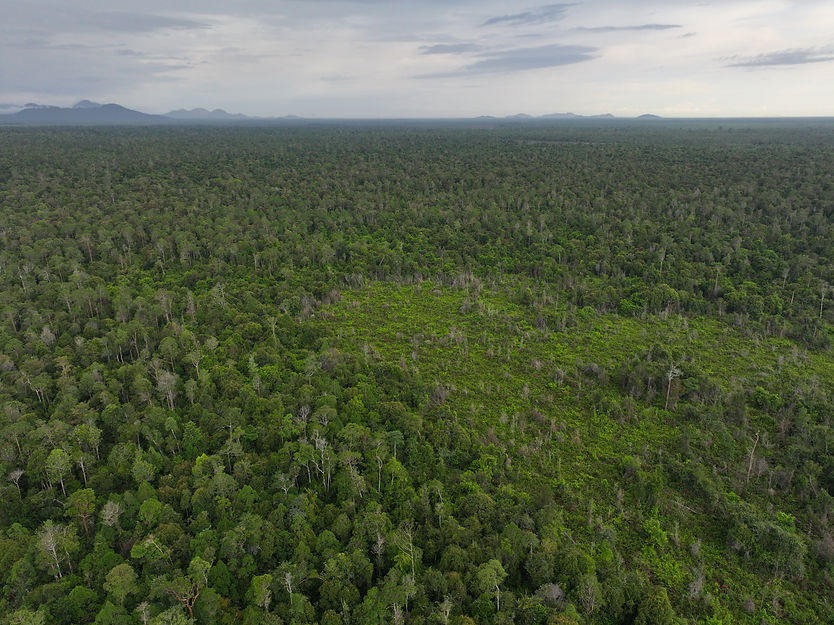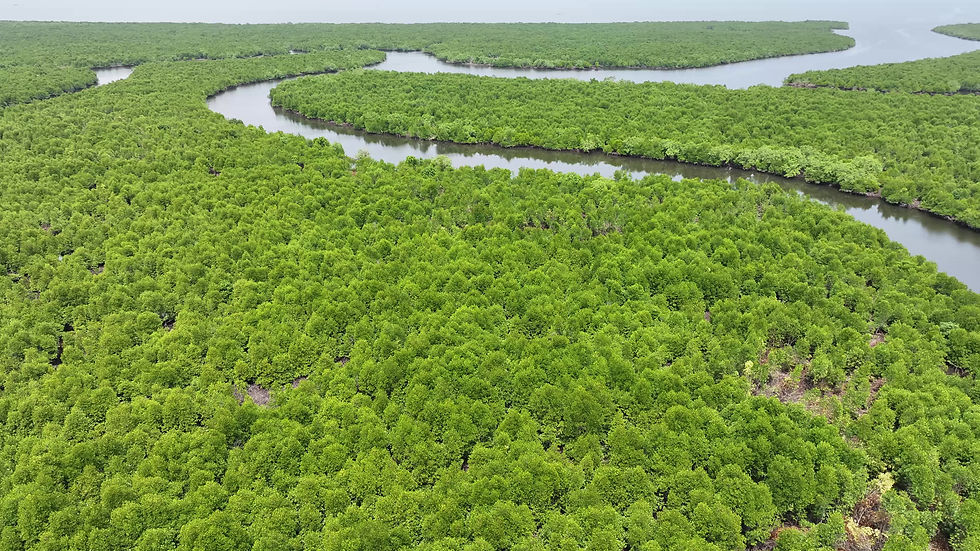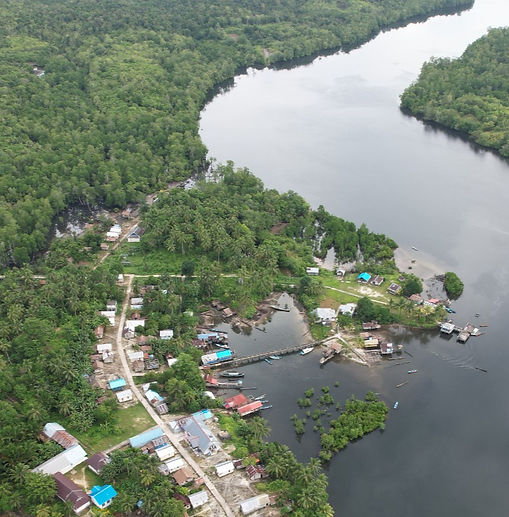

Building Credible Climate Action Through Nature-based Solutions
Carbon emissions continue to rise globally. In 2024 alone, greenhouse gas emissions increased by 53.2 gigatons CO₂e, a single-year rise that would take 58 years of current reduction efforts to reverse. Even if all countries meet their current climate pledges, warming would still reach 2.6°C—far above the Paris Agreement's 1.5°C target.
Decarbonization alone won't close the gap fast enough. Nature-based Solutions (NbS) can deliver up to 37% of the cost-effective climate mitigation needed by 2030—making them not optional, but essential to climate strategy.
However, demand for high-quality NbS carbon credits is currently at a 3:1 ratio compared to available supply. Early positioning secures better access and pricing as competition for high-quality projects intensifies.
Stakeholders, regulators, and investors now expect credits backed by rigorous measurement, transparent reporting, and verified impact. High-quality standards aren't a premium, they're the baseline for credibility. Take action today by partnering with us for high-quality nature-based carbon offsets that deliver real climate impact and transparency.


Secure High-Integrity Supply Now
We develop high-integrity nature-based carbon projects designed to deliver both climate impact and lasting value
-
As regulations evolve and demand for high-quality projects grows, securing a reliable supply today helps ensure confidence in meeting climate targets.
-
Each project is grounded in rigorous baseline studies, ongoing field monitoring, and alignment with leading standards, ensuring credits represent genuine and long-term climate impact.
-
Co-benefits that last by protecting biodiversity, strengthening local livelihoods, and building ecosystem resilience.
Why CarbonEthics?

Our projects are built on the pillars of climate action, community empowerment, and biodiversity protection, ensuring measurable benefits that go beyond carbon.
Climate, Community & Biodiversity at the Core

We adapt leading carbon methodologies to local ecosystems and community needs, ensuring accuracy and accountability without sidelining the realities of on the ground.
Global Standards, Local Relevance

Our team works alongside government, climate scientists, and local communities — backed by 30 years of carbon project leadership.
Trusted Expertise & Collaboration

We leverage digital monitoring, reporting, and verification, including remote sensing and drone mapping, to track impact with accuracy and provide data you can trust.
Transparent DMRV Tech

Explore Our Project

Pulang Pisau, Kalimantan Tengah
Pulang Pisau PRESERVE - Peatland Restoration and Fire Prevention
The project will focus on restoring drained or damaged wetlands, preserving their immense carbon storage capacity and safeguarding water systems. In addition, the project has the potential to implement reforestation of degraded areas with native vegetation to rebuild carbon sinks.

More Projects
Coming Soon
Wetlands: An Emerging Frontier in High-Quality Carbon Project
Wetland Restoration & Conservation (WRC) projects restore and protect coastal wetlands and peatlands, ecosystems where waterlogged soils create ideal conditions for long-term carbon storage. Despite their value, wetlands are disappearing three times faster than forests globally.

Why is it important?
-
Wetlands store carbon up to 7 times more effectively than forests, locking it away in waterlogged soils for centuries. But when drained or disturbed, these carbon-rich ecosystems flip from powerful sinks to major emission sources—especially peatlands, which become highly fire-prone once dried.
-
Wetlands naturally buffer against floods and storms while supporting remarkably diverse wildlife—yet over 22% have been lost since 1970 due to drainage and land conversion.
-
WRC projects work directly with communities to restore degraded lands, creating sustainable livelihoods while addressing the root causes of wetland loss.
Investing in WRC means protecting nature's most efficient carbon storage systems while preventing significant emissions from at-risk wetlands.
